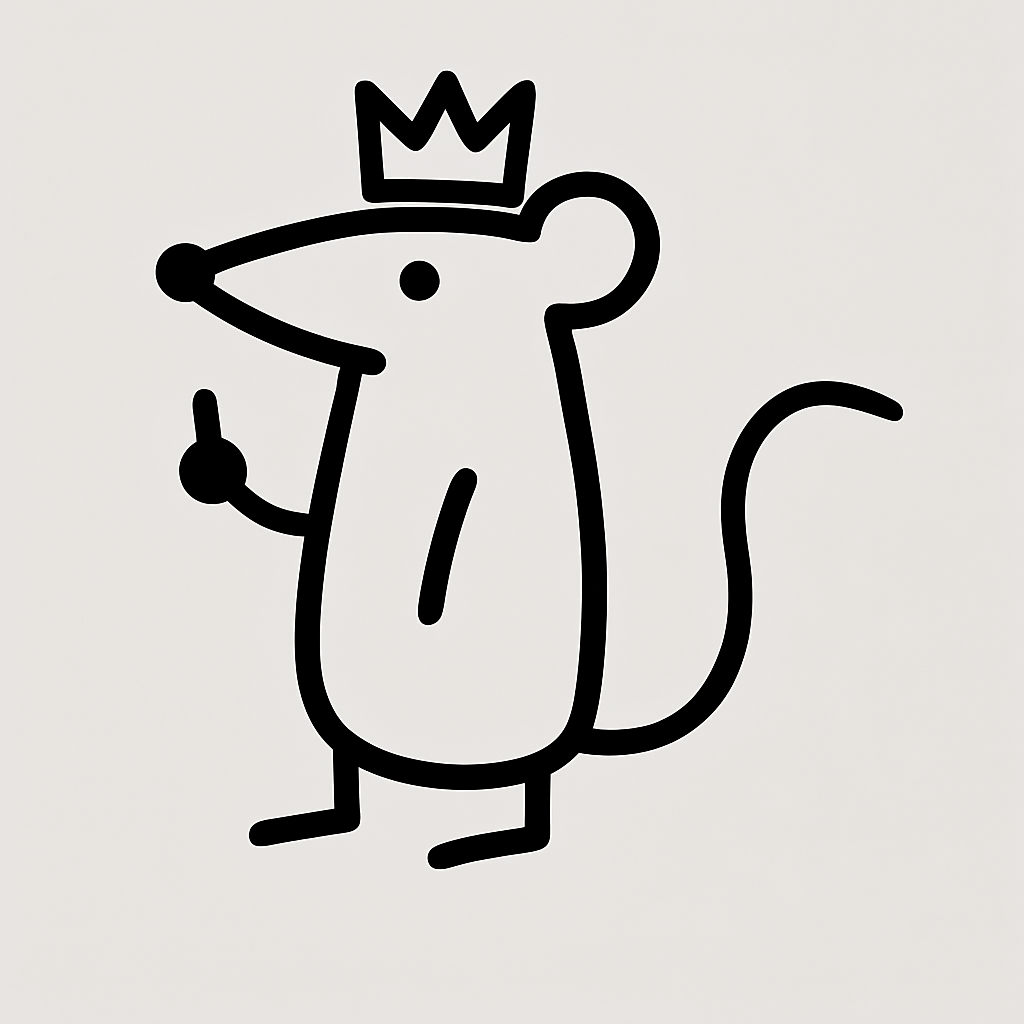Never Finished by Design
Lunomyss is not finished, because it was never meant to be finished. It is our flagship rover and at the same time our workshop floor, our testbed, our laboratory rat in machine form. Designed for the European Rover Challenge, it has become a continuously evolving platform where every subsystem is built, broken, tested, and rebuilt until it proves itself.
“Lunomyss is not finished, because it was never meant to be finished.”
Subsystems in Motion
Right now Lunomyss is alive in fragments. The suspension system has been prototyped and tested, proving that electrically actuated arms can lift, crouch, and stabilize the rover the way we imagined. The drive motors have been validated on the bench with VESC controllers, showing torque and responsiveness that match the requirements for ERC terrain. Communication systems have already linked rover modules to the ground station in line of sight trials, layering Wi-Fi, LoRa, and backup radios into a resilient mesh. Sensors, from LiDAR to IMUs to weather modules, have been run through accuracy checks and returned results that confirm the design. Some systems have failed and been redesigned, others have exceeded expectations, and all of them are being pushed toward final integration.
The Brain
The brain of Lunomyss is already taking shape. A Mac mini M2 runs a dockerized ROS stack, with our custom USB distribution boards isolating subsystems so that each can be tested in parallel. This makes development faster and keeps bugs from cascading across the entire machine. The arm is still in design flux, but the first joints and motor configurations are being validated separately. The lab on a chip module has produced promising chemistry tests off rover, and our inertial dead reckoning system has been exercised in isolation, showing that navigation without GPS is within reach.
Clicking Together
What we have now is not a rover rolling through the test field but a collection of subsystems that are gradually clicking together into one. Wheels spin, actuators lift, boards communicate, sensors see. Each of these victories is small on its own, but together they map the path toward final assembly. When the pieces merge, Lunomyss will not just work on paper. It will be a rover tested in fragments and hardened through iteration.
ERC 2025 and Beyond
We did not make it to ERC 2025 because the budget capped us before integration, but Lunomyss is not frozen. Development continues, and every subsystem tested is a step closer to the machine we intended to field. This rover is not a project with an end date. It is a platform that keeps evolving as our designs, resources, and ambitions evolve with it.
Still Being Born
Lunomyss is still being born. Some of its parts are already running strong, others are under the soldering iron, and the final rover is waiting to be assembled from the lessons we keep earning. When it does roll onto the field, it will not be an untested prototype. It will be a rover that has been proven piece by piece, scar by scar, and built to grow further long after its first competition.
“It will be a rover proven piece by piece, scar by scar, and built to grow long after its first competition.”


